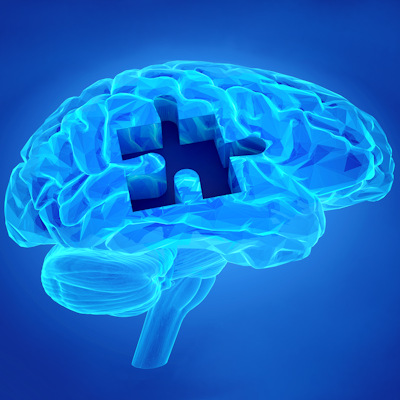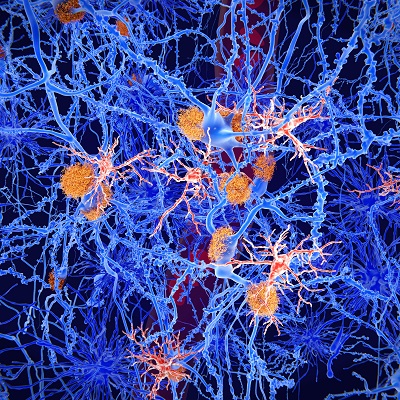June 26, 2023 -- A 3D cellular model has shown that mutations affect neuronal development and may play a large role in the emergence of Alzheimer’s disease.
The exact cause of Alzheimer's remains unknown; current treatments focus on tackling the neuropathology associated with the condition, rather than trying to stop the changes from happening. Moving to a preventative model of care will require more information on the root causes of Alzheimer's. Familial Alzheimer's represents an opportunity to start to understand the disease mechanisms.
Decades of research have shown that genetic mutations in Presenilin1 (PSEN1) cause most familial cases of Alzheimer's. Earlier studies found that knocking the gene out in mouse embryos causes premature neuronal differentiation, depletion in neural progenitors, and lethality at birth. In humans, more than 300 PSEN1 mutations have been linked to familial forms of the neurodegenerative disease.
However, the earlier work gave a limited picture of the effects of PSEN1 mutations on human brains. To start to fill the knowledge gap, researchers at the University of Texas San Antonio and Rutgers University used human induced pluripotent stem cells to create 3D human cortical spheroids (hCSs).
Writing in the Stem Cell Reports, the scientists describe how hCSs "provide a technically relevant opportunity to model the developing human cortex in vitro and to study neurodevelopment at the cellular and molecular level." Because hCSs have a 3D structure, cell-cell contact is high, enabling Notch signaling and neurodevelopment to occur. The structures contain more cell types than 2D cultures.
The researchers created hCSs from cell lines with L435F, M146L, or D385A mutations in PSEN1. All three point mutations increased the size of hCSs throughout their development compared with the control. The scientists focused on the changes associated with L435F, which increased hCS size and progenitors while decreasing post-mitotic neurons because of increased Notch expression in early development.
"There are deficits in neuronal differentiation caused by dysregulated Notch signaling at an early stage in neurodevelopment," the researchers wrote. "We show an early reduction in neurons and an increase in cortical volume many years before any behavioral symptoms would manifest. This may provide a potential therapeutic target for innervation and stopping [Alzheimer's disease] before it begins."
The study suggests that specific Notch1 inhibitors can reverse the effect PSEN1 L435F heterozygous mutation has on neurodevelopment before the emergence of pathology related to Alzheimer's. The researchers identified a need for more studies to understand the role the neuroanatomical changes associated with L435F play in the disease.
Copyright © 2023 scienceboard.net










